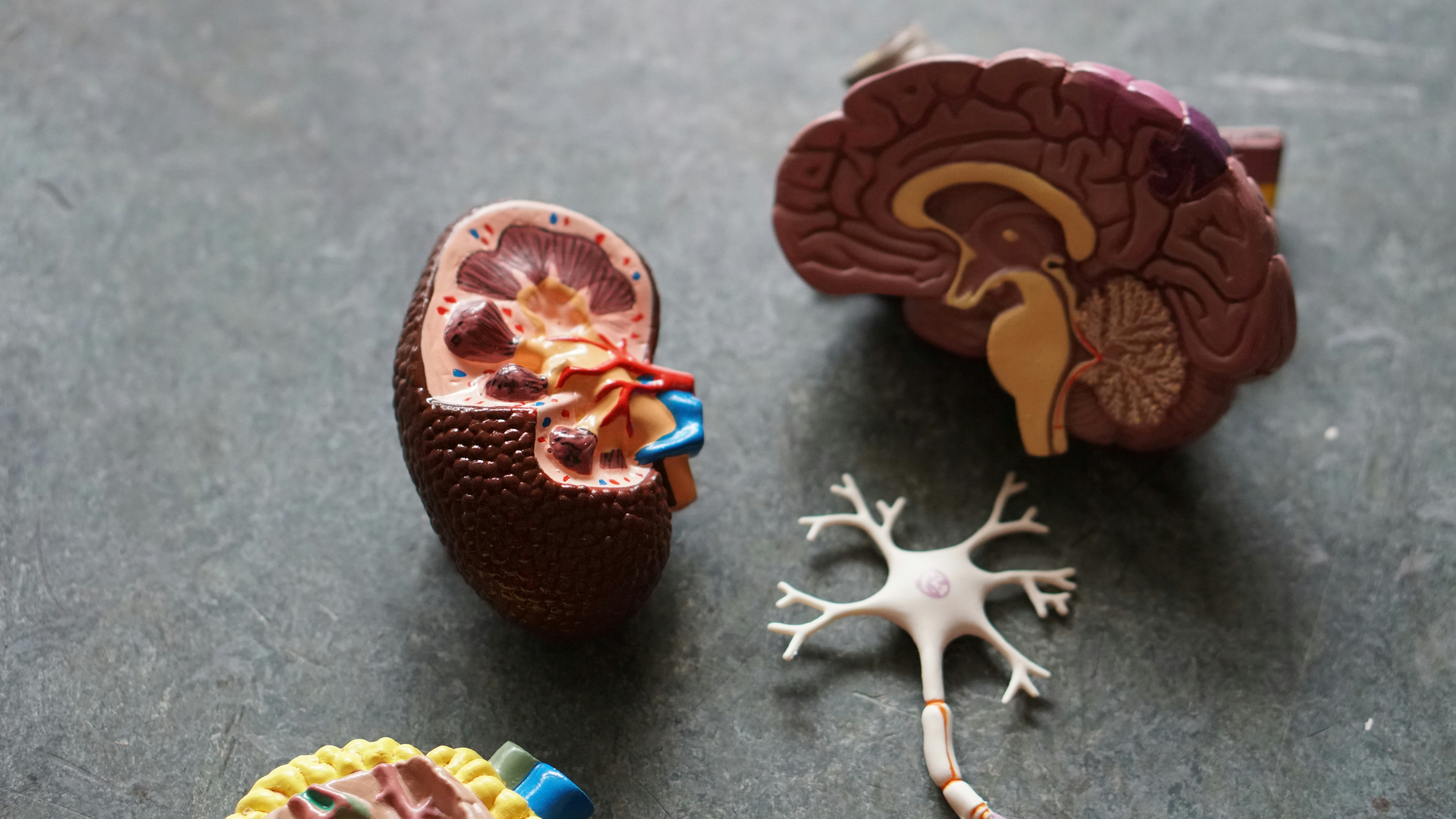Media release
From:
Language isn’t just for communication — it also shapes how sensory experiences are stored in the brain
A study in stroke patients shows the brain’s vision-language connection shapes object knowledge.
Our ability to store information about familiar objects depends on the connection between visual and language processing regions in the brain, according to a study published May 20th in the open-access journal PLOS Biology by Bo Liu from Beijing Normal University, China, and colleagues.
Seeing an object and knowing visual information about it, like its usual color, activate the same parts of the brain. Seeing a yellow banana, for example, and knowing that the object represented by the word “banana” is usually yellow, both excite the ventral occipitotemporal cortex (VOTC). However, there’s evidence that parts of the brain involved in language, like the dorsal anterior temporal lobe (ATL), are also involved in this process — dementia patients with ATL damage, for example, struggle with object color knowledge, despite having relatively normal visual processing areas. To understand whether communication between the brain’s language and sensory association systems is necessary for representing information about objects, the authors tested whether stroke-induced damage to the neural pathways connecting these two systems impacted patients’ ability to match objects to their typical color. They compared color-identification behavior in 33 stroke patients to 35 demographically-matched controls, using fMRI to record brain activity and diffusion imaging to map the white matter connections between language regions and the VOTC.
The researchers found that stronger connections between language and visual processing regions correlated with stronger object color representations in the VOTC, and supported better performance on object color knowledge tasks. These effects couldn’t be explained by variations in patients’ stroke lesions, related cognitive processes (like simply recognizing a patch of color), or problems with earlier stages of visual processing. The authors suggest that these results highlight the sophisticated connection between vision and language in the human brain.
The authors add, “Our findings reveal that the brain’s ability to store and retrieve object perceptual knowledge—like the color of a banana—relies on critical connections between visual and language systems. Damage to these connections disrupts both brain activity and behavior, showing that language isn’t just for communication—it fundamentally shapes how sensory experiences are neurally structured into knowledge.”
Multimedia




 International
International



